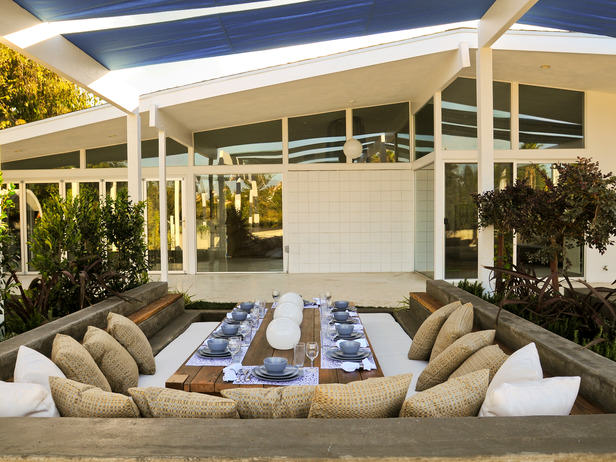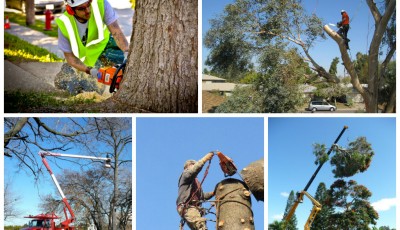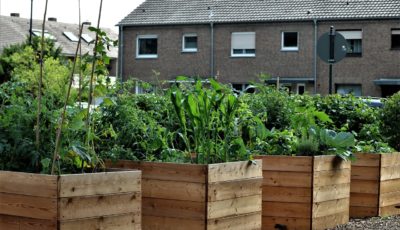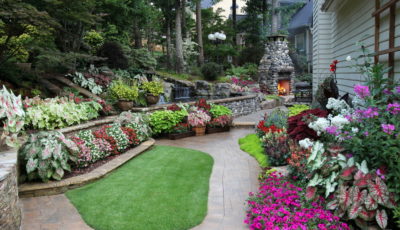Tricks of the Trade: Enhancing Your Alfresco Dining Area
 There’s nothing quite as relaxing and romantic as dining outdoors, especially if you spend many hours of the day cooped up in an office.
There’s nothing quite as relaxing and romantic as dining outdoors, especially if you spend many hours of the day cooped up in an office.
Alfresco eating doesn’t just have to be restricted to a once-a-week barbeque lunch in summer. Why not invest a little time in updating your outside entertaining area so that it can be used for family meals, dinners, parties and all manner of celebrations throughout the year?
Need some inspiration? Take a look these top tips:
Let there be light
While candles and slow-burning torches are great for creating atmosphere and ambience, it’s worth thinking about whether your outdoor space could do with more enhanced illumination, especially for evening dining.
A simple string of lantern-style lights powered by battery, or electric cable, secured to the ceiling that runs above the table can be effective. Or, how about wrapping some globe or bright ‘fairy’ lights around nearby posts or trees, the latter of which could also have the lights threaded through their branches?
If the area doesn’t have an overhead covering, you could criss-cross cables bearing rows of bulbs, similar to those sometimes seen at fairgrounds, across the seating area, securing them firmly to available walls either side.
Add some protection
Durable and stylish, drop-down blinds are a great way to extend the weeks that you are able to use your outdoor eating space as they offer protection from sun, wind and rain.
They’re actually simpler to install than you might think. Certain types of outdoor café blinds even come in a ‘straight drop’ design. This makes them ideal for places where it’s not possible, or desirable, to install the guides and posts that are usually necessary, for example, where a freestanding roof juts out over the dining area. These blinds are highly flexible and can rolled-up or down as necessary – and even dropped halfway if the sun becomes irksome towards the middle of the day.
When choosing outdoor blinds it’s a good idea to go for a hard wearing fabric and consider your exact requirements: do you want to be able to see through the blinds? If so, select clear PVC. Or is the goal to secure privacy or to disguise an ugly wall? If so, choose mesh or a tinted plastic.
There’s no such thing as too much storage
It might sound simple, but having a substantial cupboard, which incorporates a side table or counter, with ample cupboards and draws, near your alfresco space will pay dividends when laying and clearing the table. It means you can keep a set of outdoor-friendly crockery, glasses and cutlery there rather than continually having to make trips to the kitchen. The more convenient a space is, the more likely you are to use it. It will also be useful for storing bottles and cans and provide a perfect surface from which to serve drinks and snacks during parties.
Embrace the garden
Think about connecting your outdoor dining space with the beauty of the garden itself. Planters, as well as small trees and shrubs, around the seating area will help the area look more natural and integrated.
Echo the candles you have in the eating area with tea lights encased in recycled jam jars, strategically placed on garden walls or hung by string or wire from nearby trees.
Get fired up
A welcoming, crackling fire is always a great addition to any alfresco dining space.
There is a wide variety of speciality ‘fire pits’ available on the market, ranging from traditional wood burning to contemporary designs operated by gas.
Or, you could always build your own pit using bricks or natural materials like stone, slate and terracotta that will help the structure blend into the landscape. You could even utilize a recycled metal barrel or drum as part of the build.
Whatever option you decide upon, ensure that you have some kind of ‘wind break’ around the structure and don’t place plastic or wooden furniture too close to the fire pit area.
With so many inviting and cost-effective ways to enhance alfresco dining, chances are that – in the future – the question in your house won’t be ‘shall we eat outside?’ but ‘why are we eating indoors?’









